
To prevent incidents and minimize risks among employees, Smilegate established a safety and health management system last year and has actively promoted occupational safety and health activities since this year.
As part of these efforts, employee CPR training has been underway since early May. Let’s visit the site together with Smile Magazine!
On-Site at Smilegate’s CPR Training
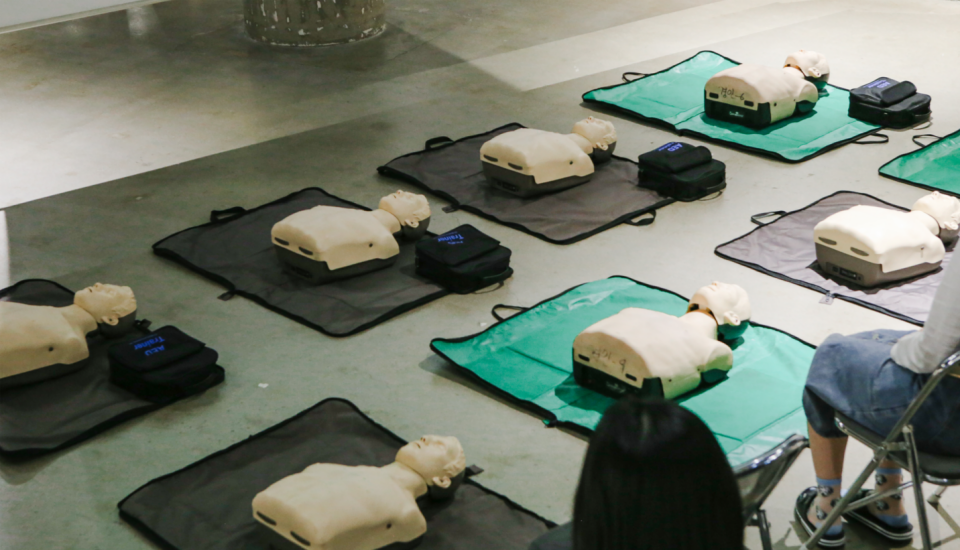
In the East Lobby of the campus, where the training took place, the space was filled with torso mannequins for CPR practice. One by one, the participants arrived right on time and calmly took their seats.
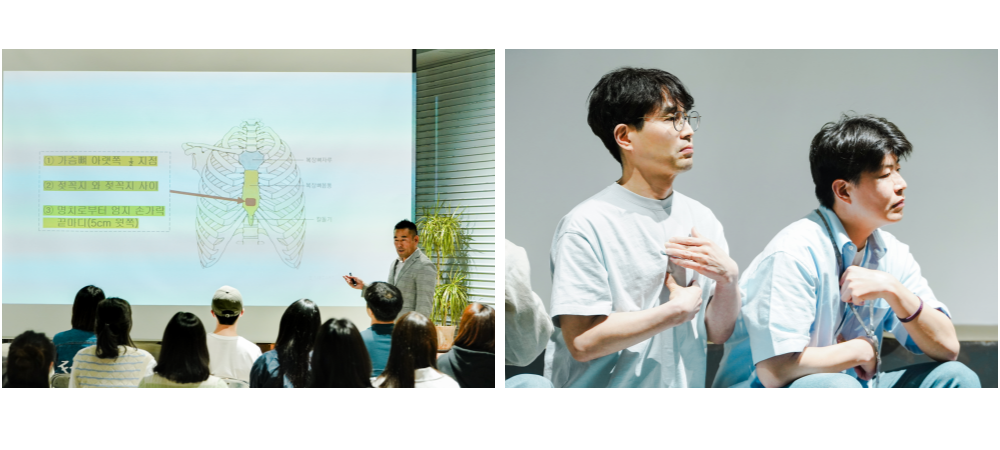
The training began with an introduction from the instructor affiliated with the Korean Association of Cardiopulmonary Resuscitation. It started off with a brief ice-breaking session where participants exchanged warm greetings with one another.
Thanks to the friendly atmosphere, the theoretical part of the training got underway smoothly. The session covered when CPR is needed, how to respond in emergencies, where the heart is located, and other key details. Participants followed the instructor closely, even locating their own heart positions for hands-on understanding.
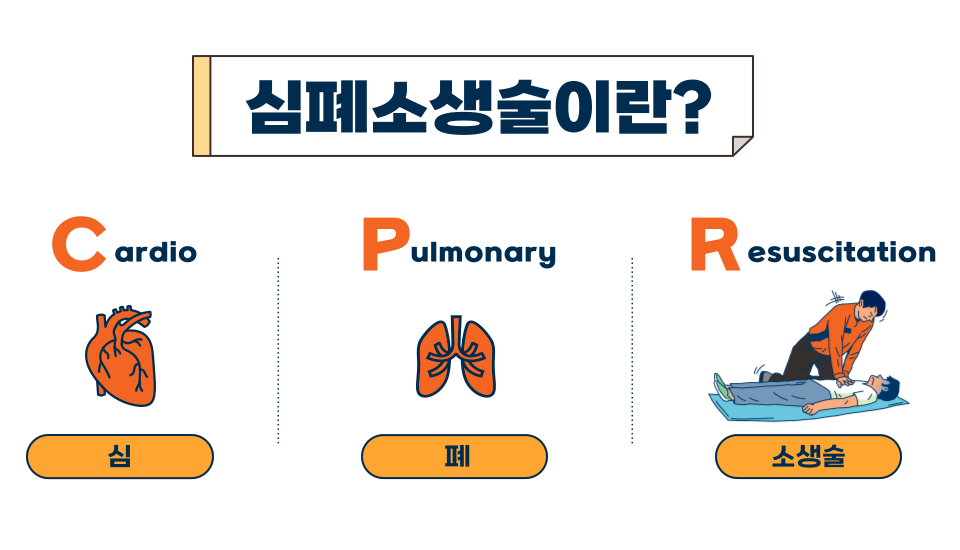
For those who couldn’t attend, here’s a quick summary of key points: CPR is an emergency procedure that supplies oxygenated blood to the brain and heart when the heart has stopped. Since brain damage can begin just four minutes after cardiac arrest, quick response is essential. Remembering the following steps can be life-saving!
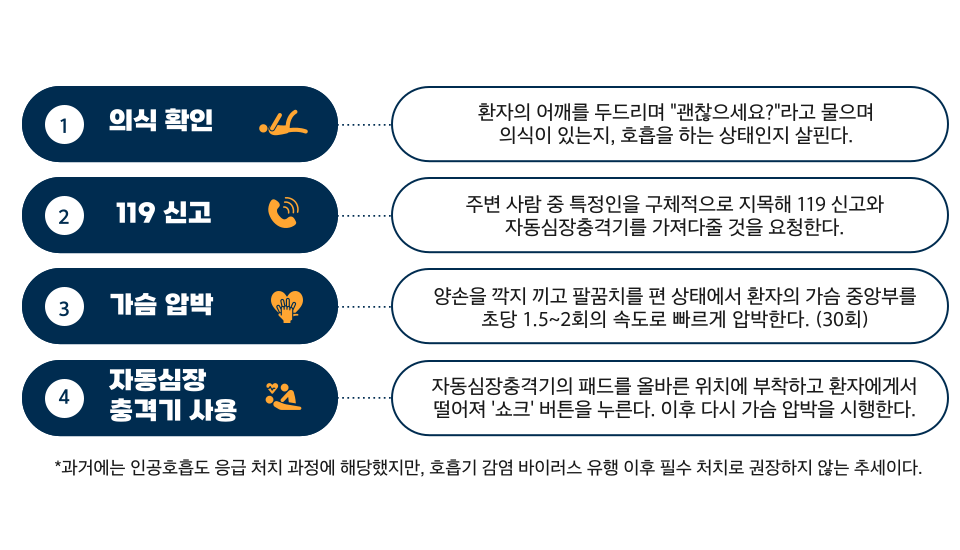
After the theory session, it was time to put learning into practice. Participants were grouped into teams of eight and performed CPR using the techniques they had just learned. Placing interlocked hands at the center of the chest, they pressed down firmly with straightened elbows. Fellow participants and the instructor timed the process and counted chest compressions together.
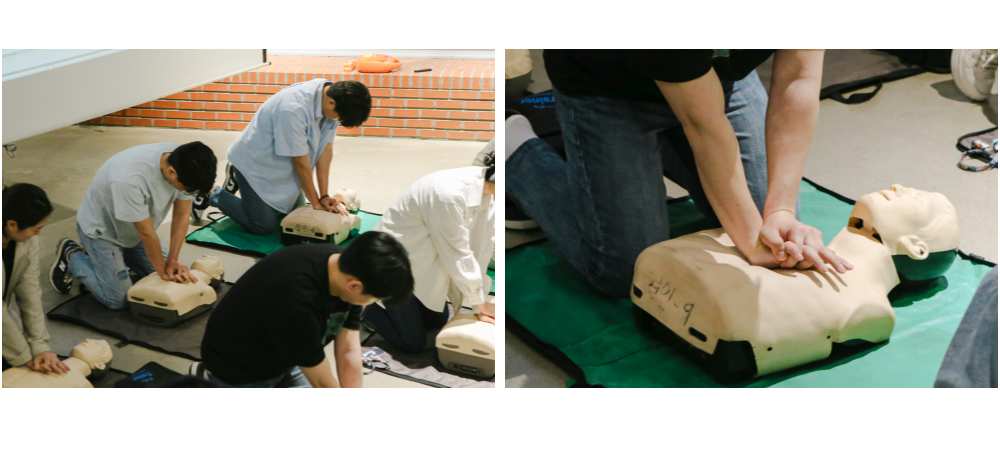
Once everyone completed their CPR practice, the session moved on to how to use an automated external defibrillator (AED). The instructor explained where to place the pads and how to operate the device, along with key safety precautions. The participants listened attentively, fully engaged in the lesson.
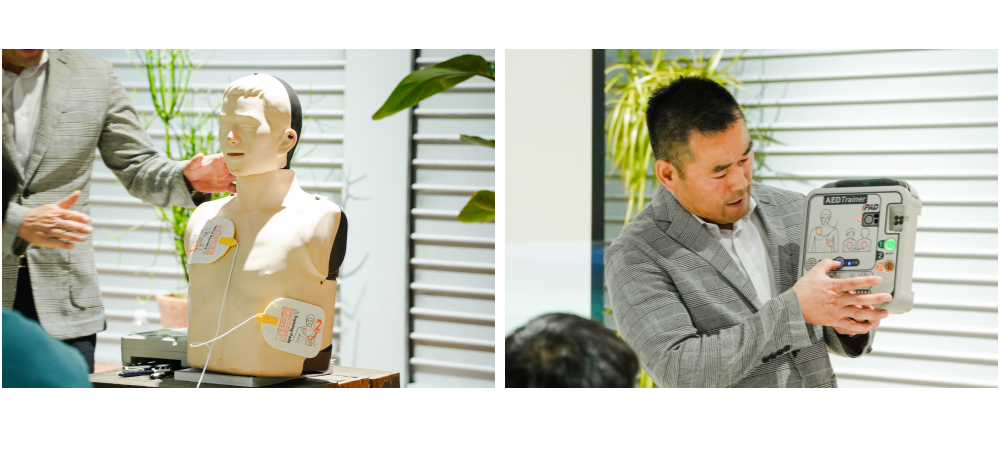
After the main training concluded, participants actively engaged in a Q&A session, asking thoughtful and detailed questions.
Q. For children, how much pressure should be applied during chest compressions?
A. For infants (0–1 year old), use two fingers and compress about 4cm deep. For children (1–8 years old), use the heel of one hand to compress about 5cm deep.
Q. If I’m alone and find a patient in need, should I start CPR or call 119 first?
A. Call 119 using speakerphone and begin chest compressions while making the call simultaneously.
Seeing the participants listening intently, it was clear they were passionate and determined to be prepared for emergencies. We took a moment to speak with two attendees and the organizer behind the training.

<Participants>
(Left) Song Ga-yeon, Assistant Manager, Smilegate Entertainment
(Right) Jung Hyun-joo, Assistant Manager, Smilegate Entertainment
Q. What made you decide to participate in the CPR training?
Hyun-joo: I’ve always understood the importance of CPR, but I rarely had the chance to learn it in person. When I heard the company was offering this training, I signed up right away.
Ga-yeon: I thought that learning CPR through an official in-house program would enable me to actually help in emergencies involving family or colleagues. That’s why I applied.
Q. How was your experience with the training?
Hyun-joo: The training covered both theory and practice. I now feel confident that I could respond calmly in an emergency, and that makes me feel proud.
Ga-yeon: We learned everything from A to Z about CPR, step by step. The instructors also explained not just what to do, but why each step matters, which was far more in-depth than anything I’d seen online. I gained a much deeper understanding and would highly recommend the training to others.
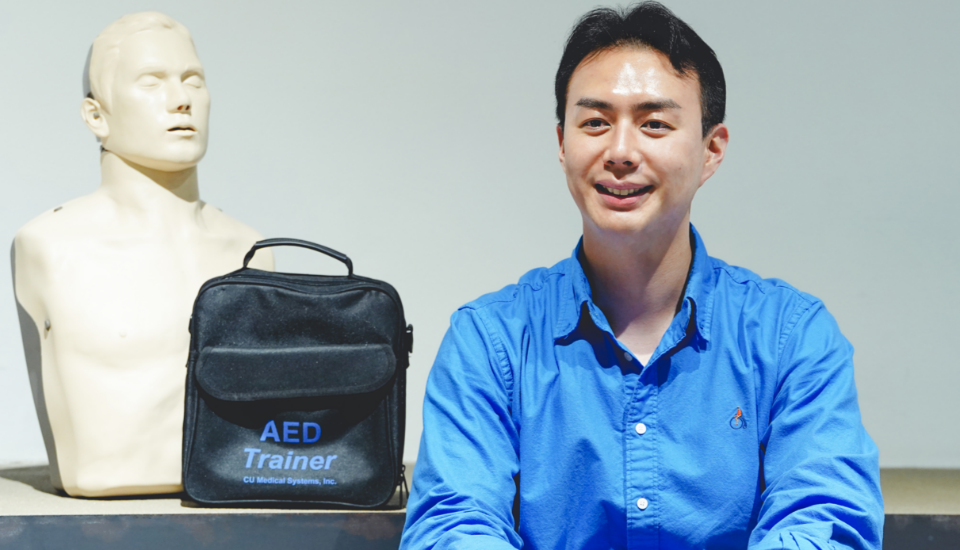
<Organizer>
Hwang In-woo, Assistant Manager, Smilegate Holdings
Q. What led to the decision to conduct CPR training on such a large scale?
In-woo: Smilegate operates in a relatively low-risk industry compared to construction or manufacturing, but cardiovascular emergencies can happen anywhere, regardless of age, gender, or occupation. That’s why we decided to offer this large-scale CPR training to all corporate entities—it could be life-saving.
Q. How did you feel after organizing and carrying out the training?
In-woo: I was honestly concerned about whether employees would actively participate given their busy work schedules. Thankfully, we had far more applicants than expected, and everyone was very enthusiastic during the sessions. I’m extremely grateful.
Q. Do you have plans for future safety and health initiatives?
In-woo: This year, we’re focusing on building a strong culture of safety within the company. In addition to CPR training, we’re planning safety and health programs that employees can participate in directly. This fall, we’ll conduct fire evacuation drills for each building, and we also plan to carry out joint risk assessments* and safety campaigns*. We’ll continue working hard to prevent accidents—big or small—and help make “safety” a natural part of everyday life at Smilegate.
*Risk Assessment: Identifying and improving hazards in the workplace
*Safety Campaigns: Sharing summer/winter safety rules and office safety guidelines
However, when quoting content in articles, please credit it as “Smilegate Newsroom.”





 TOP
TOP
